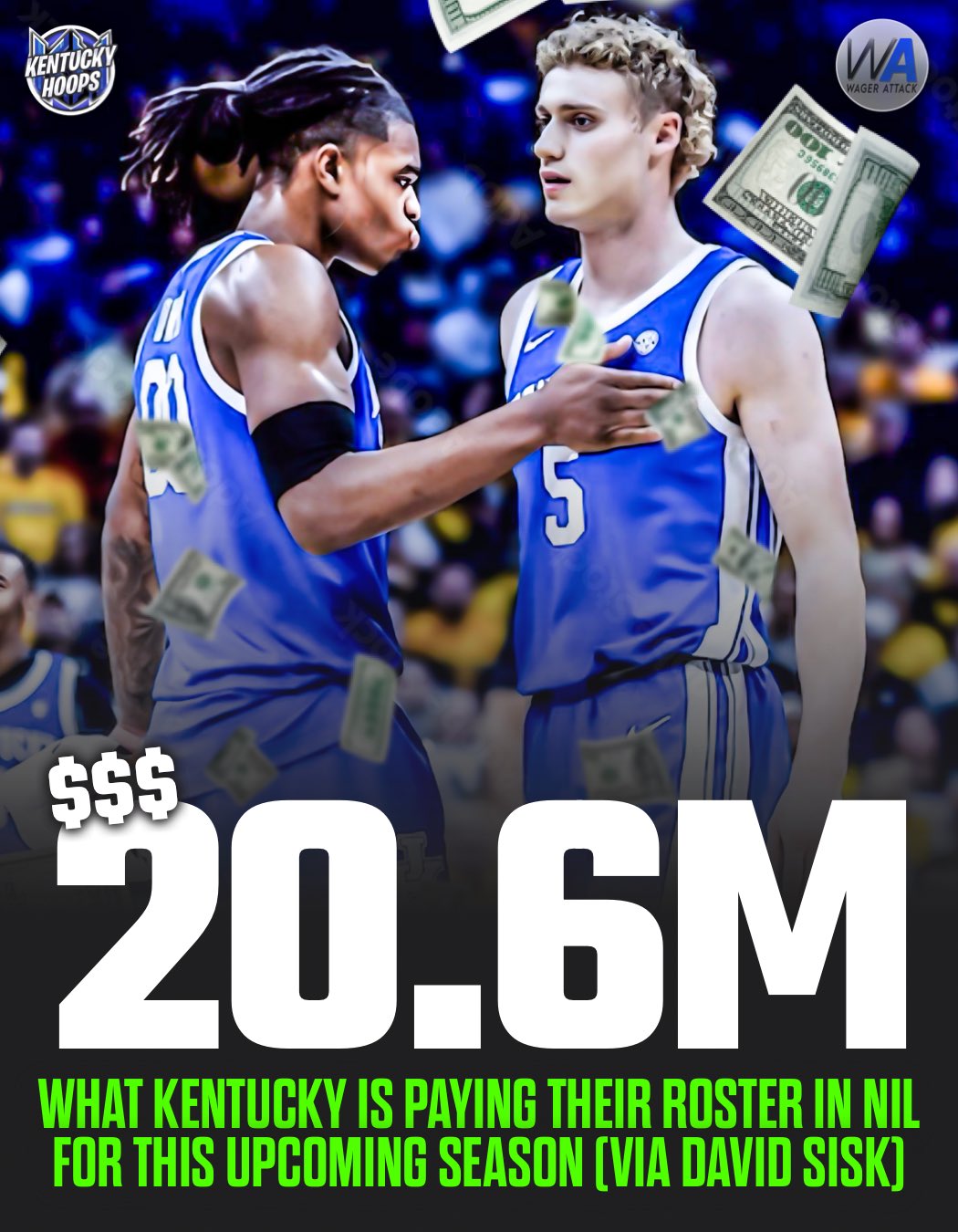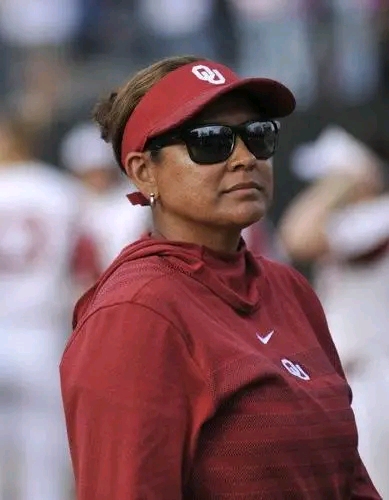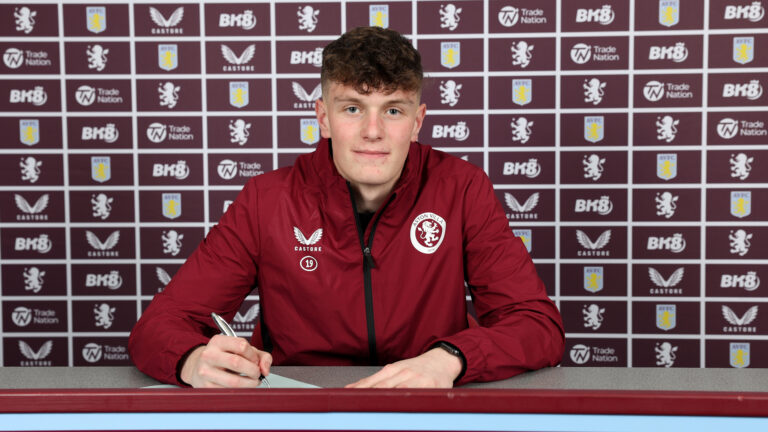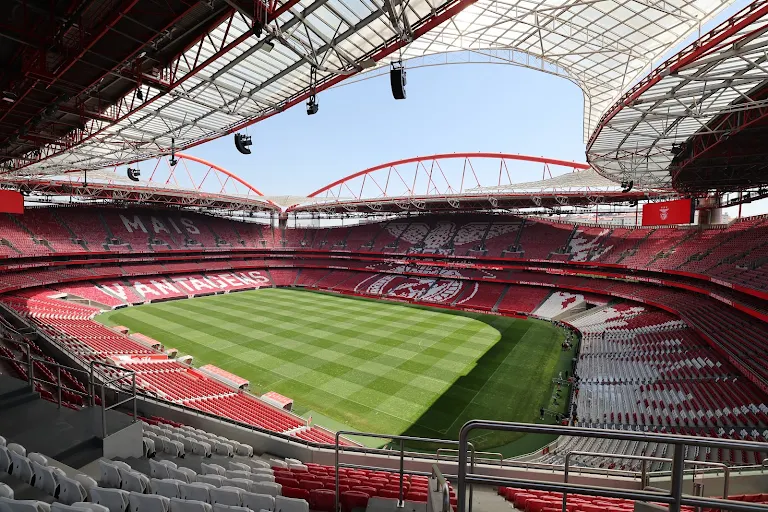
The University of Kentucky, a perennial powerhouse in college basketball, is making headlines once again—not for a buzzer-beating win or a deep tournament run, but for the staggering financial investment it’s reportedly making in its roster. According to multiple sources, Kentucky is set to spend over $20 million on its men’s basketball team for the upcoming season, a figure that dwarfs most college programs and even rivals some professional sports teams. This unprecedented expenditure is igniting debates across the sports world about the future of college athletics, the role of Name, Image, and Likeness (NIL) deals, and the sustainability of such financial arms races.
When the NCAA officially allowed athletes to profit from their name, image, and likeness in July 2021, it opened the floodgates to a new era of compensation in college sports. While the NCAA initially hoped this would level the playing field, the opposite has arguably occurred. Wealthy schools with deep-pocketed boosters and established brands—like Kentucky—have capitalized on this opportunity, creating powerful NIL collectives and partnerships that function as quasi-payroll departments.
The $20 million figure attributed to Kentucky reportedly includes a combination of NIL deals, booster-backed agreements, and program resources. Though technically the school itself may not be paying these salaries directly, it is deeply embedded in facilitating the infrastructure that makes such deals possible.
At the center of this high-dollar investment are Kentucky’s new recruits and returning stars, many of whom are considered among the best in the country. The Wildcats have landed a number of five-star prospects and transfer portal additions who bring both elite talent and significant earning potential.
The program’s recruiting class for this season includes several top-ranked high school players, many of whom were reportedly offered seven-figure NIL opportunities by competing programs. Kentucky’s ability to match or exceed these offers has helped them land some of the best talent available. Additionally, the team has welcomed experienced transfers who have already built brands and fanbases, making them highly marketable in the NIL landscape.
While exact figures for individual players remain confidential, insiders suggest that several players are receiving multi-million dollar packages, including cash deals, endorsement contracts, housing stipends, and performance incentives.
Longtime head coach John Calipari has always embraced the idea of preparing his players for the NBA. With NIL, he’s now able to offer something even more compelling—a professional-level experience before athletes ever step into the league.
In many ways, Calipari has been ahead of his time. His “one-and-done” model, which once drew criticism, now looks prescient in a landscape where short-term roster building and maximizing exposure are the norms. With a $20 million roster, he’s not just preparing players for the pros—he’s building a team that, in structure and spending, resembles a pro squad.
While Kentucky fans are thrilled about the talent influx and the national attention, critics are raising concerns. Some argue that such levels of spending undermine the core values of college sports, where education and amateurism were once key pillars. Others warn that only a handful of programs can realistically compete financially, leading to a growing disparity between the haves and have-nots.
There’s also the question of sustainability. Can programs continue to spend this much every season? Will donors and collectives be willing to shell out millions annually, especially if on-court results don’t align with the investment?
For now, Kentucky is betting that the answer is yes. With the NCAA largely powerless to enforce spending limits in the NIL realm, and with the SEC becoming more like a professional league each year, the Wildcats are all-in.
With great investment comes great expectations. Anything short of a Final Four—and likely a national championship—will be viewed as a failure by fans and critics alike. Kentucky’s recent postseason struggles have added urgency to this year’s campaign, and the $20 million roster only intensifies the spotlight.
In an age where players can move year-to-year and fanbases demand immediate success, patience is in short supply. Calipari and his staff will need to deliver results on the court or face a backlash that could call the entire financial strategy into question.
As the 2025 season approaches, all eyes will be on Lexington. Kentucky’s $20 million roster is more than a headline—it’s a symbol of a sport in transition, grappling with its identity and future. Whether this bold approach sets a new standard or serves as a cautionary tale remains to be seen.
But one thing is clear: college basketball has changed forever, and Kentucky is leading the charge into its new, big-money era.
Let me know if you want a shortened version, social media blurb, or audio/video script based on this.




